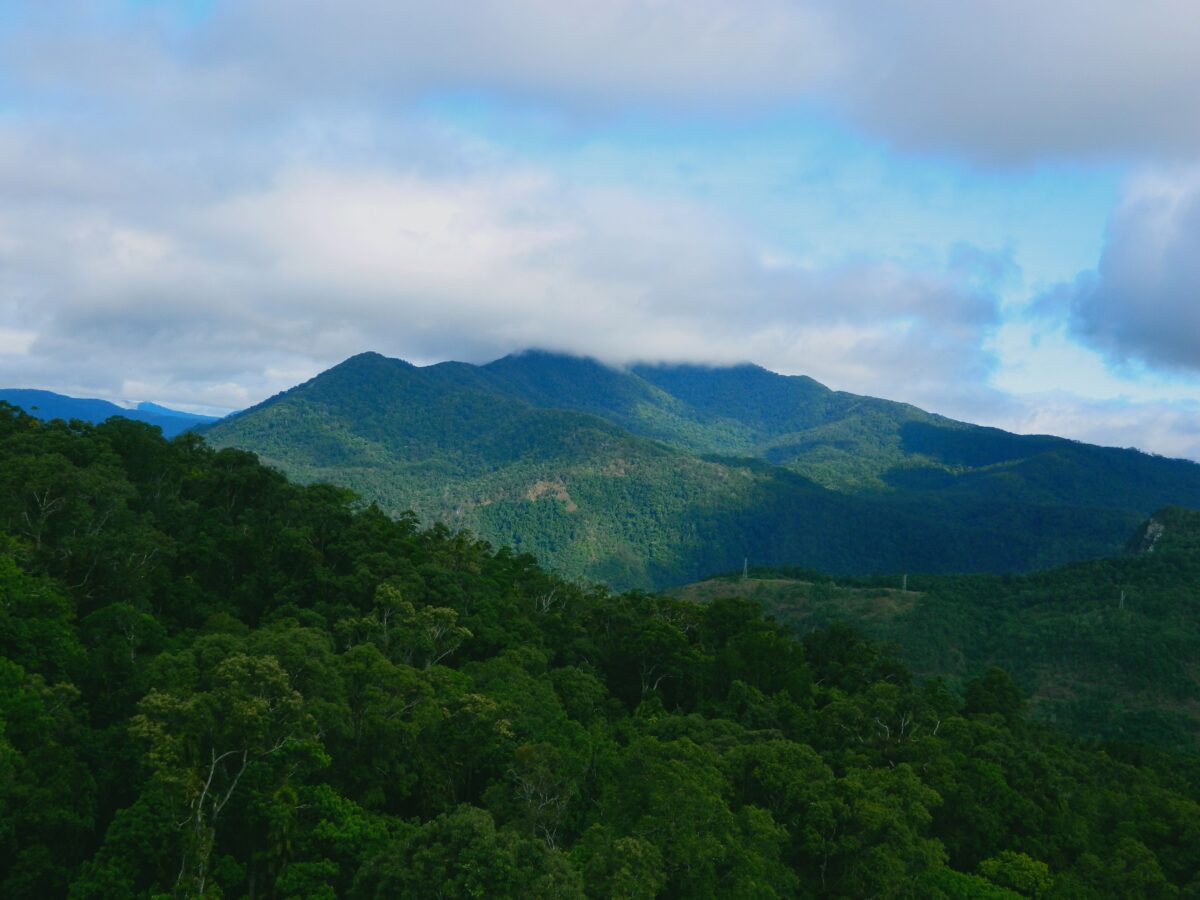On September 29, 2021, the Queensland State Government in Australia signed an agreement that returned a region of rainforests to the Aboriginal, or indigenous, tribal group that has inhabited the land for thousands of years. Included in the agreement were Daintree, Cedar Bay, Black Mountain, and the Hope Islands national parks; in total, 160,000 hectares of rainforest were returned to the rightful Aboriginal owners. Now, the Eastern Kuku Yalanji people, a Rainforest Aboriginal tribal group from the region, jointly manage the Daintree National Park alongside the Queensland State Government. In a statement on September 29th, the Environment Minister Meaghan Scanlon said, “The Eastern Kuku Yalanji people’s culture is one of the oldest living cultures, and this agreement recognizes their right to own and manage their country, to protect their culture, and to share it with visitors as they become leaders in the tourism industry.” Eventually, the Eastern Kuku Yalanji will manage the rainforest on their own. The Queensland State Government sees the agreement as a step towards reconciliation, as there is a history of conflict between the Aboriginals and European settlers.
The Daintree Rainforest was the most prominent of those returned to the Aboriginals in this historic deal. This tropical rainforest is over 180 million years old, the oldest rainforest in the world. The Daintree contains remnants of the Gondwanan forests that stretched across Australia and Antarctica before the two split apart 50 to 100 million years ago. Located in the northeastern region of Australia, the Daintree borders the Great Barrier Reef. An extremely biodiverse group of ecosystems compose the rainforest, making it an invaluable source of biological discovery; over 3,000 plant species, 107 mammal species, 368 bird species, and 113 reptile species live in this region. The Daintree is also the only rainforest in Australia that has remained a tropical rainforest across time without any interruption, making it “an unparalleled record of the ecological and evolutionary processes that shaped the flora and fauna of Australia,” UNESCO claims. The State Government named the rainforest after Richard Daintree, a geologist for the Queensland Government. In 1883, white European colonizers built and settled in a village along the Daintree River. Similar to the story of the Pilgrims in Massachusetts, violent conflict between the natives and invaders followed colonization. Initially, the town was a logging base, but over time, other crops became more important sources of income and goods. By 1966, the rainforest was labelled a national park under the control of the Queensland State Government.
In 1988, the Daintree was listed as a UNESCO World Heritage site after the Daintree Blockade of the early 1980s. The Douglas Shire Council, backed by the State Government, planned to pave a roadway between Cape Tribulation and Bloomfield, an 18 mile stretch across the Daintree rainforest, in an attempt to open up the northern section of the area to commercial development. Those opposed to the roadway blocked the workers and, in stereotypical fashion, chained themselves to the equipment and trees, buried themselves in the dirt, and did everything they could to physically block the developers from completing the road. In the end, conservation movements and activists were able to ensure eternal protection of the tropical rainforests in north Queensland by convincing UNESCO to list them as World Heritage sites.
The rainforests of northeastern Australia are home to some of the oldest and most culturally-rich indigenous communities on Earth. Northeastern Australia’s rainforests compose the Wet Tropics World Heritage Area, a region of immense natural and cultural value. About 18 Aboriginal tribal groups live in the tropical rainforests located in the Wet Tropics World Heritage Area. Across all of the rainforests, there are more than 20 rainforest Aboriginal groups, 120 different clans, and 8 language groups. Native titles provide Aboriginal and Torres Strait Islander peoples with legal protection of their traditional rights and practices in the land and waters they inhabit. Due to native titles, Aboriginal tribes have legal rights in over 87% of the Wet Tropics World Heritage Area. Now, however, the Queensland State Government is returning the control to the indigenous communities, and allowing them to have a larger say in who can enter the forests, how the forests are used, and more. The Daintree already had native titles established over it, but now the State Government is required to provide the Eastern Kuku Yalanji with more claim over the land and what occurs on it.
The Queensland State Government sees this historic acknowledgement and return of Aboriginal land rights as the first step on a path towards harmony between the two. Over the course of many years, around 3.8 million hectares of rainforest have been returned to the Aboriginals . All of this land is jointly managed by the Aboriginal tribes inhabiting it and the State Government. Through these returns, the land will provide livelihood for Aboriginals; whether it’s simple fishing or a more complex position, their rightful ownership of the land will inevitably improve relations with the state and enhance their personal wellbeing.
Sources
Daintree: World Heritage rainforest handed back to Aboriginal owners. (2021, September 29). BBC. Retrieved October 11, 2021, from https://www.bbc.com/news/world-australia-58729781
Kuku Yalanji Aboriginal People of the Daintree. Destination Daintree. (2014). Retrieved October 11, 2021, from https://www.destinationdaintree.com/the-daintree/history-culture/indigenous-culture
Native title. Australian Government Australian Trade and Investment Commission. (n.d.). Retrieved October 12, 2021, from https://www.austrade.gov.au/land-tenure/native-title/native-title
Rainforest Aboriginal People. Wet Tropics Management Authority. (n.d.). Retrieved October 12, 2021, from https://www.wettropics.gov.au/our-cultural-landscape
The Daintree Blockade. Destination Daintree. (2014). Retrieved October 11, 2021, from https://www.destinationdaintree.com/the-daintree/history-culture/indigenous-culture
The Daintree – Historical Timeline. Destination Daintree. (2014). Retrieved October 11, 2021, from https://www.destinationdaintree.com/the-daintree/history-culture/indigenous-culture
Wet Tropics of Queensland. UNESCO World Heritage Centre. (n.d.). Retrieved October 13, 2021, from https://whc.unesco.org/en/list/486/
Willis, C., Wyles, D., & Richardson, H. (2021, September 30). Elders ‘break down’ as world’s oldest living rainforest – and 160,000ha of country – handed back. ABC News. Retrieved October 21, 2021, from https://www.abc.net.au/news/2021-09-30/daintree-handed-back-to-traditional-owners/100498982
160,000 hectares returned on path to reconciliation. (2021, September 29). Queensland Government. Retrieved October 11, 2021, from https://statements.qld.gov.au/statements/93360

